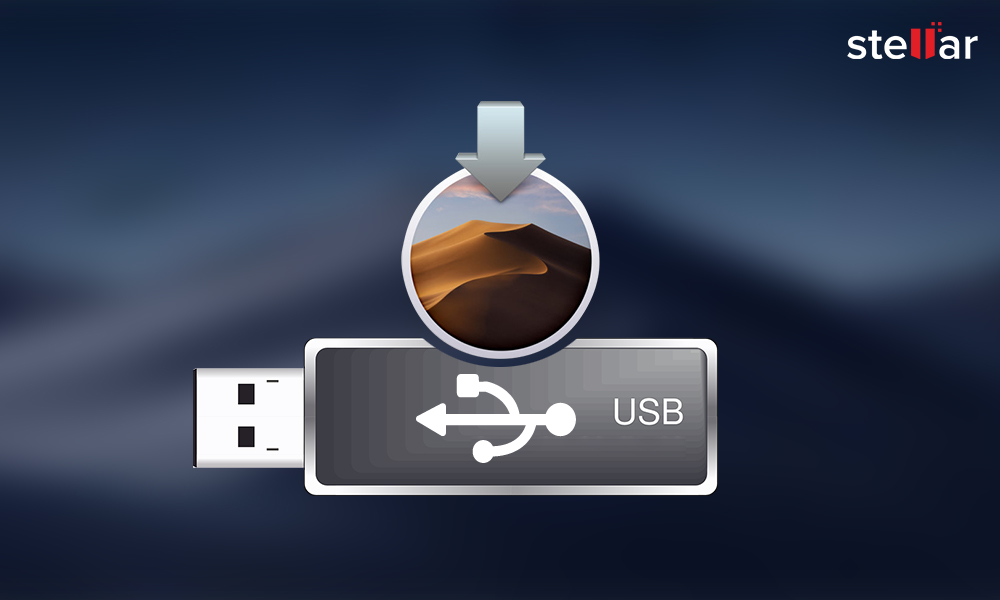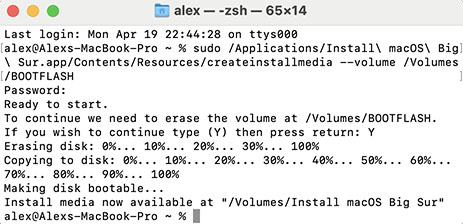
Terminal shows the progress as the volume is erased.
Build rescue boot drive mac password#

Sudo /Applications/Install\ OS\ X\ El\ Capitan.app/Contents/Resources/createinstallmedia -volume /Volumes/ MyVolume -applicationpath /Applications/Install\ OS\ X\ El\ Capitan.app Sudo /Applications/Install\ macOS\ High\ Sierra.app/Contents/Resources/createinstallmedia -volume /Volumes/ MyVolume Sudo /Applications/Install\ macOS\ Mojave.app/Contents/Resources/createinstallmedia -volume /Volumes/ MyVolume Sudo /Applications/Install\ macOS\ Catalina.app/Contents/Resources/createinstallmedia -volume /Volumes/ MyVolume Sudo /Applications/Install\ macOS\ Big\ Sur.app/Contents/Resources/createinstallmedia -volume /Volumes/ MyVolume Sudo /Applications/Install\ macOS\ Monterey.app/Contents/Resources/createinstallmedia -volume /Volumes/ MyVolume If it has a different name, replace MyVolume in these commands with the name of your volume. These assume that the installer is in your Applications folder, and MyVolume is the name of the USB flash drive or other volume you're using.


The installer for OS X El Capitan downloads to your Downloads folder as a disk image named InstallMacOSX.dmg. Enterprise administrators: Download from Apple, not a locally hosted software-update server.Download on a Mac that is using macOS Sierra 10.12.5 or later, or OS X El Capitan 10.11.6.Download on a Mac that is compatible with that version of macOS.If the installer opens after downloading, quit it without continuing installation.
Build rescue boot drive mac install#
The installer for macOS Monterey, macOS Big Sur, macOS Catalina, macOS Mojave, or macOS High Sierra downloads to your Applications folder as an app named Install macOS.


 0 kommentar(er)
0 kommentar(er)
